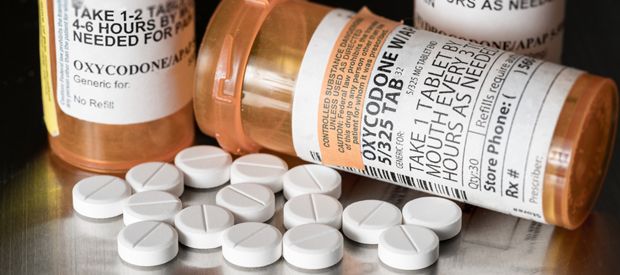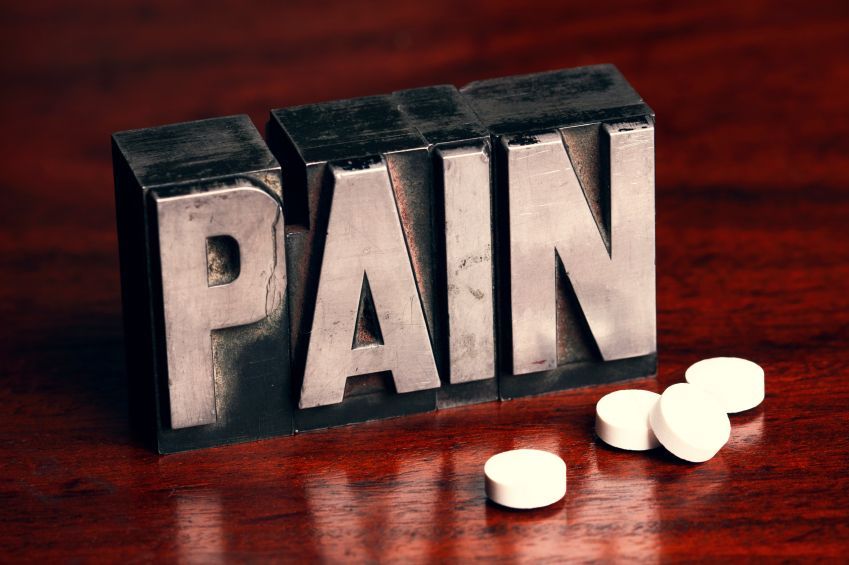News
Article
Doctors need new approaches to pain management
Author(s):
Opioid epidemic demonstrates importance of alternative therapies for managing pain
With the Supreme Court set to decide on the fate of Purdue Pharma and its role in the opioid crisis, $6 billion is on the line, set to be paid out to the hundreds of thousands of victims, their families, cities, and states.
It’s an enormous sum, but it doesn’t come close to touching the true extent and cost of the opioid epidemic. As communities consider the best approach to managing these settlement funds, they need to take a closer look at how doctors approach pain management.
The figures of the opioid crisis are old news at this point: more than three million Americans struggle with some sort of opioid abuse disorder. Over a million have died. It’s cost the US over $1.5 trillion dollars, and counting.
There have been numerous documentaries, exposes, and dramatic retellings that explain how opioids were allowed to become so pervasive. It’s a complex web that involves deceit from Purdue Pharma (hence the lawsuit), government regulators, and doctors, who became unwitting pawns in a multibillion-dollar scheme.
They were lied to, told that Oxycontin had no addictive properties, and responsible for doling out thousands of prescriptions that got Americans hooked on opioids. Opioids lead to heroin, and heroin led to the incredibly lethal fentanyl crisis that we find ourselves in today.
It took more than a decade for American lawmakers and regulators to catch on. In that time, millions of lives had been destroyed, and entire communities were left shaken. In the years since, the US government has severely regulated use of Oxycontin along with its less powerful relatives such as oxycodone. States have imposed limits on the prescription of opioids, which has proven remarkably effective at reducing their use.
And while these efforts have reduced the scale of the problem—there are fewer overdose deaths as a result of prescription opioids—thousands of Americans are still becoming addicted every year. The scale of the fentanyl crisis has only grown. The US is losing the war against opioids, many of which are entering the country illegally.
Before millions of dollars are distributed to states, and lawmakers determine which programs are allocated funding, lawmakers and the medical community need to have an honest conversation about doctors’ role in the opioid crisis. From the bottom up, the medical community needs to reexamine how it's treating pain.
There’s no other way to put it: opioids are a highly addictive substance, and while their use may be warranted in severe cases, allowing opioids to continue to pervade the American medical system does a disservice to all other opioid addiction programs the state runs.
In June 2023 a landmark study was published from the University of Sydney. It found that in treating a certain type of back pain, opioid painkillers performed no better than placebo after six weeks. The study finds that the quality of life and pain outcomes for the placebo group were better at long-term follow-up, and that the group was less likely to be misusing opioids 12 months on. It’s just one study, but the implications are profound.
The treatment of pain has progressed beyond the medical system’s reliance on opioids. Alternative pain management therapies exist and can be incredibly effective — if they’re offered to patients.
To this day, not enough doctors are being trained to think holistically about pain management, including alternative therapies like yoga or tai-chi—which have shown some effectiveness in managing chronic pain—or treatments such as electrotherapy, acupuncture or electromagnetic therapy. Despite the CDC’s recommendation that nonpharmacologic and nonopioid therapies be maximized in treating pain, doctors are receiving little guidance as to what that may include.
A University of Michigan poll found that 92% of Americans viewed integrative medicine as beneficial, but fewer than 20% had talked to their doctor about it. There are entire spheres of pain management that have zero side-effects, but because of outdated biases and misconceptions, doctors coming up through medical school have little exposure to or understanding of how these therapies work. Many insurance companies have yet to change their guidelines that are based on having tried opioids before other therapies can be covered.
It’s a bias that’s trickling down to patients. A recent study found that one in four Americans relies solely on pharmacological therapies to manage pain, and it’s a gap that’s pushing more minority and low-income communities to seek prescription solutions to their pain. It should come as no surprise that these are also the communities still being most impacted by high prescription opioid use.
We can solve the issue of prescription opioid abuse, but until our doctors and our medical schools are committed to alternative pain management therapies, efforts to treat addiction are going to be only managing single heads of the hydra. Especially as the fentanyl crisis grows, we need to do everything in our power to address preventable forms of opioid abuse.
The veil of the opioid crisis has been lifted, but the medical community has yet to address its role. Let the coming Sackler settlement be a moment of reckoning.
Thomas Sandgaard is founder and CEO of Zynex.






